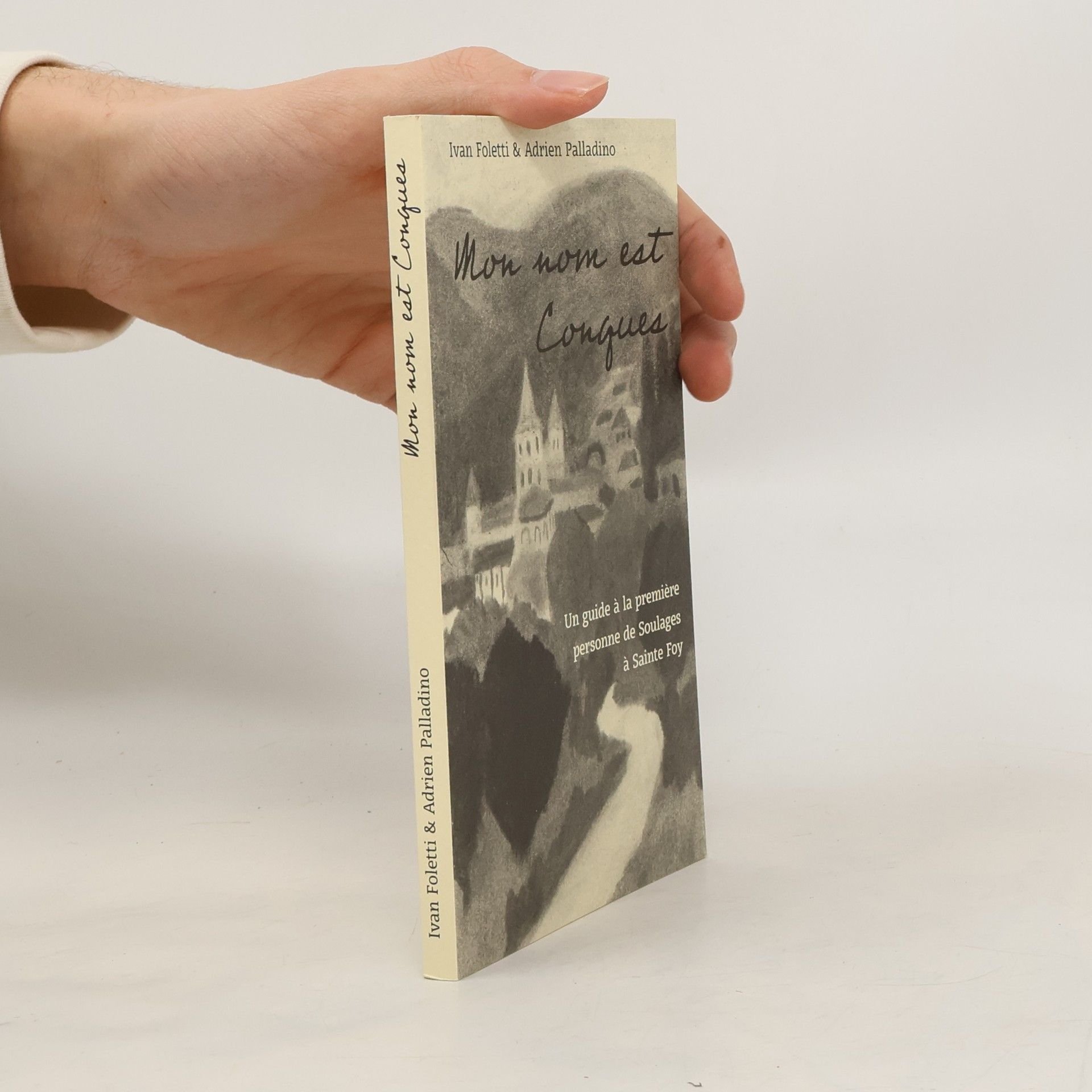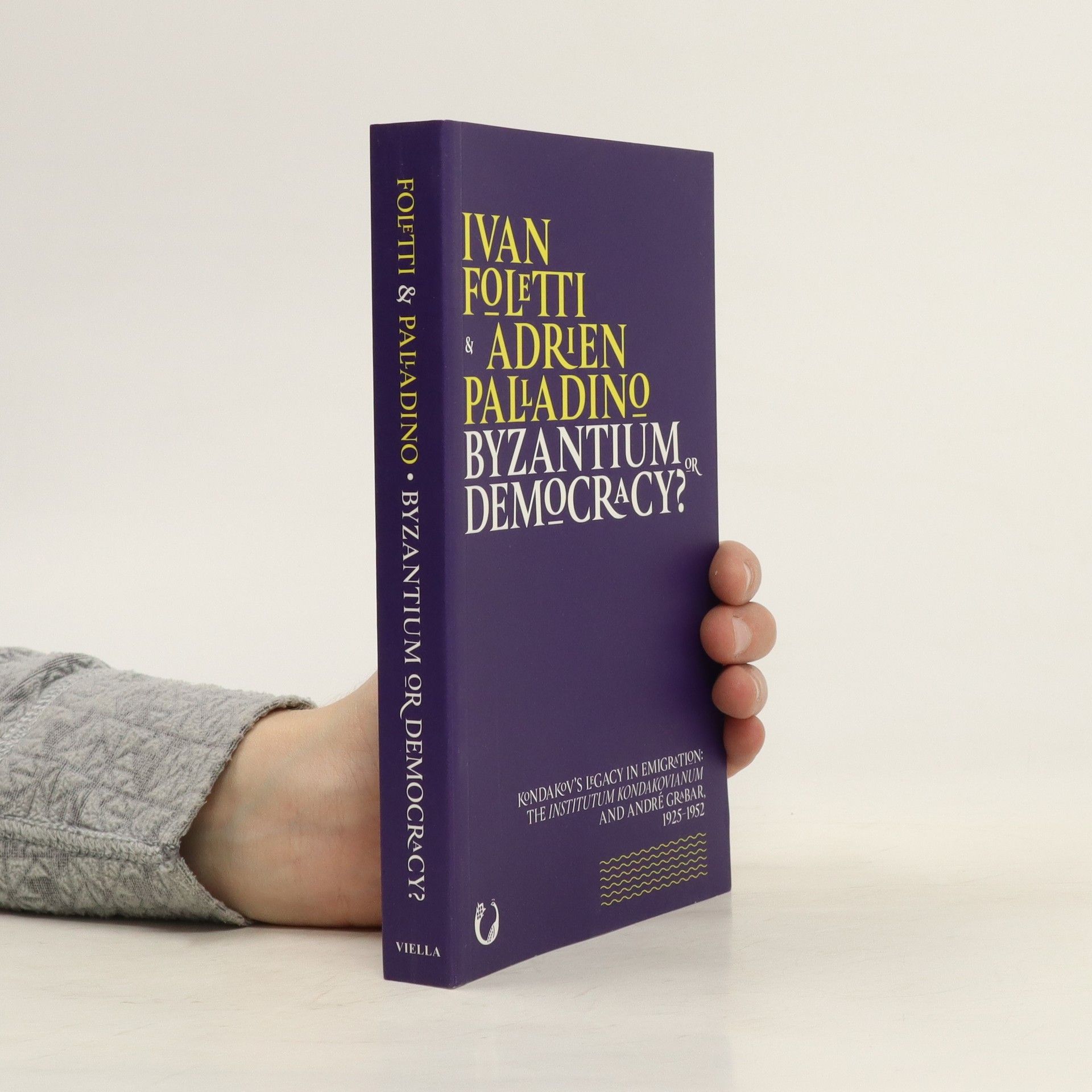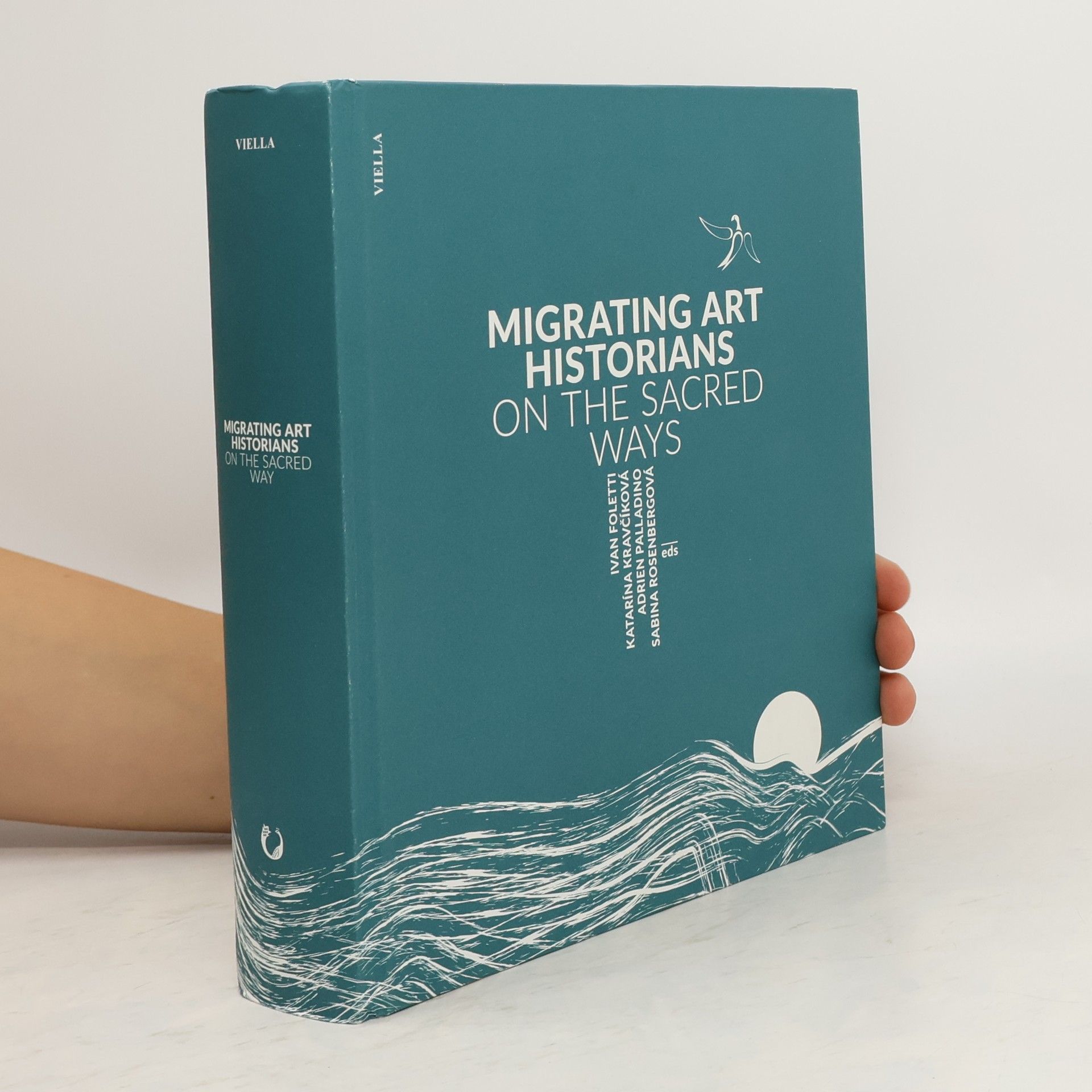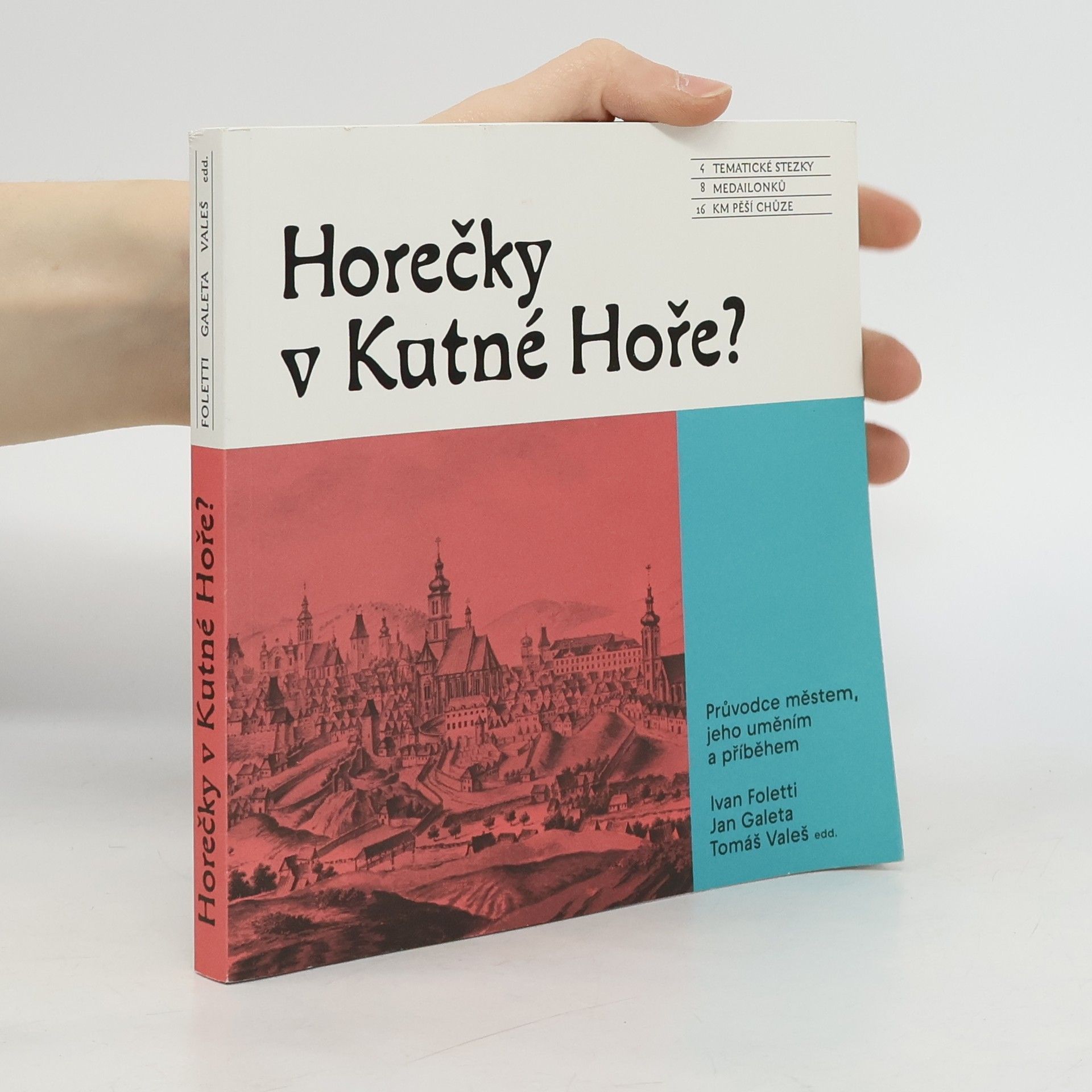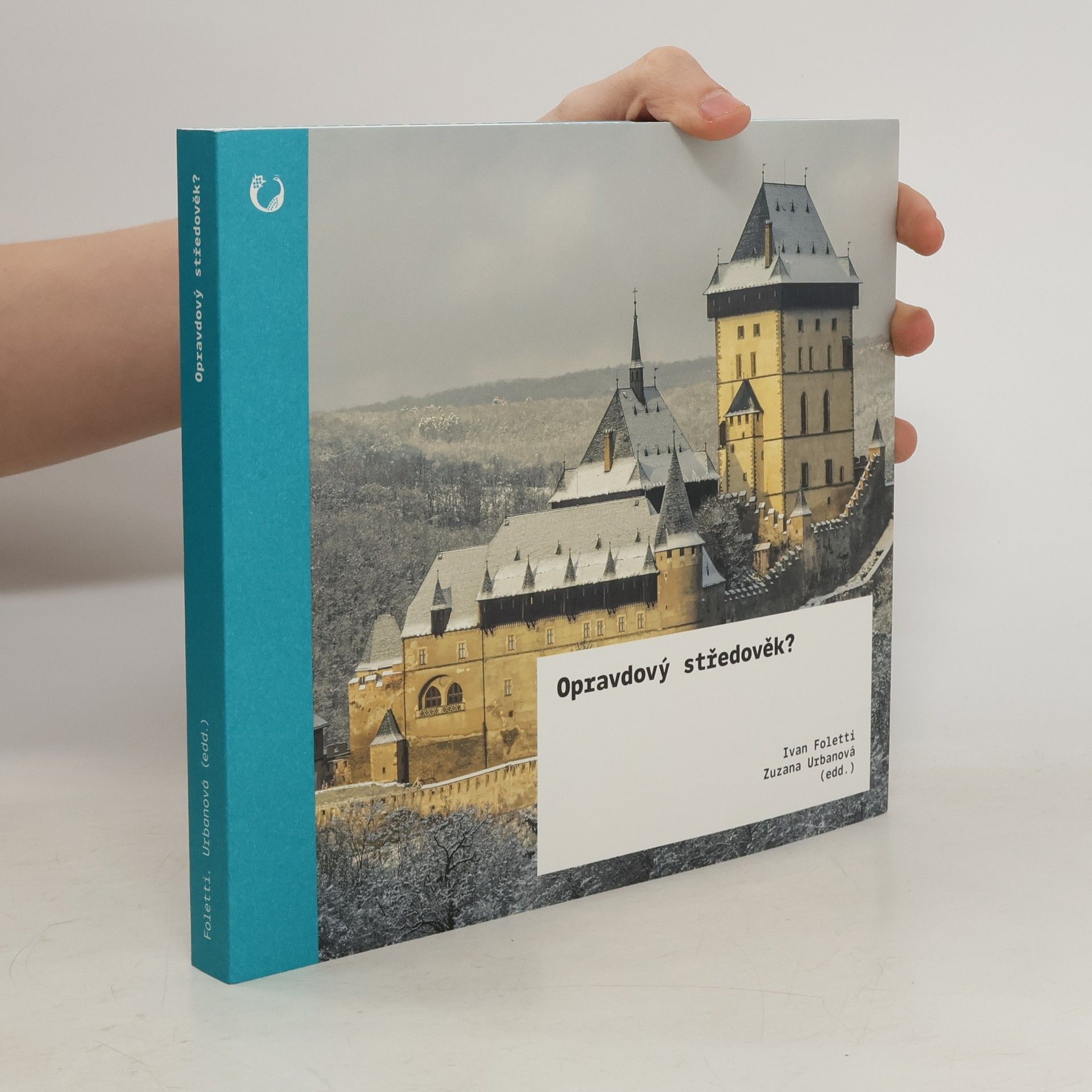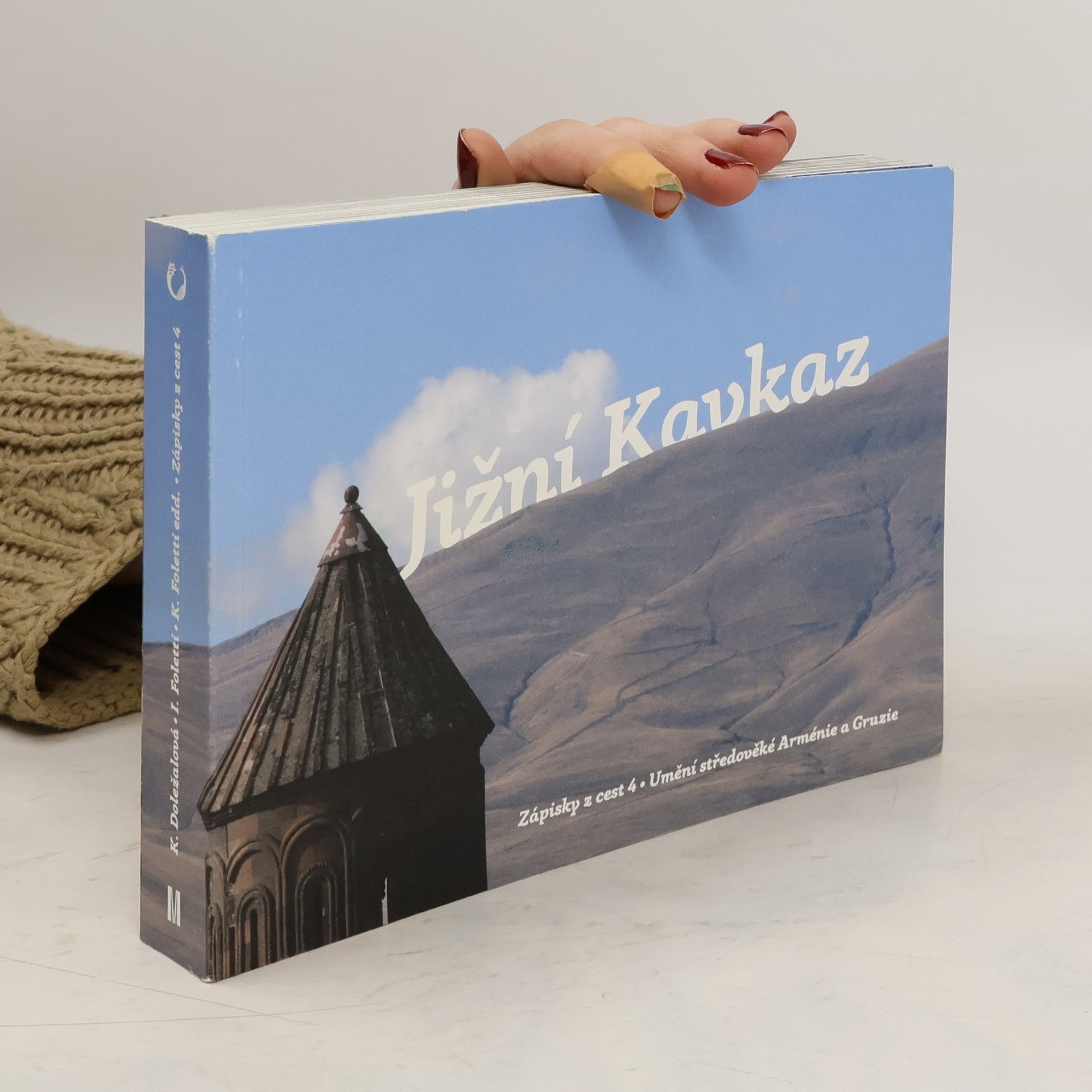Hořečky v Kutné Hoře?
Průvodce městem, jeho uměním a příběhem
Všem, kteří chtějí poznat Kutnou Horu - ať už na místě, nebo na stránkách knihy -, nabízí tento průvodce čtyři procházky městem. Na první trase se čtenáři a čtenářky seznámí s proměnami urbanismu v historii. Na druhé se mohou zaměřit na místní sakrální umění. Třetí trasa je provede bohatými sociálními dějinami hornického města a čtvrtá zavede na místa, kde se obzvláště silně projevil lokální patriotismus i národní obrození. Prostřednictvím architektury a uměleckých děl autorky představují příběh Kutné Hory a zamýšlejí se nad tím, jak si lidé v různých obdobích utvářeli představy o minulosti i jak na minulost pohlížíme my dnes. Osmero medailonků v druhé části průvodce stručně představuje nejdůležitější kutnohorské stavby. Mapky na klopách usnadní orientaci ve městě.

